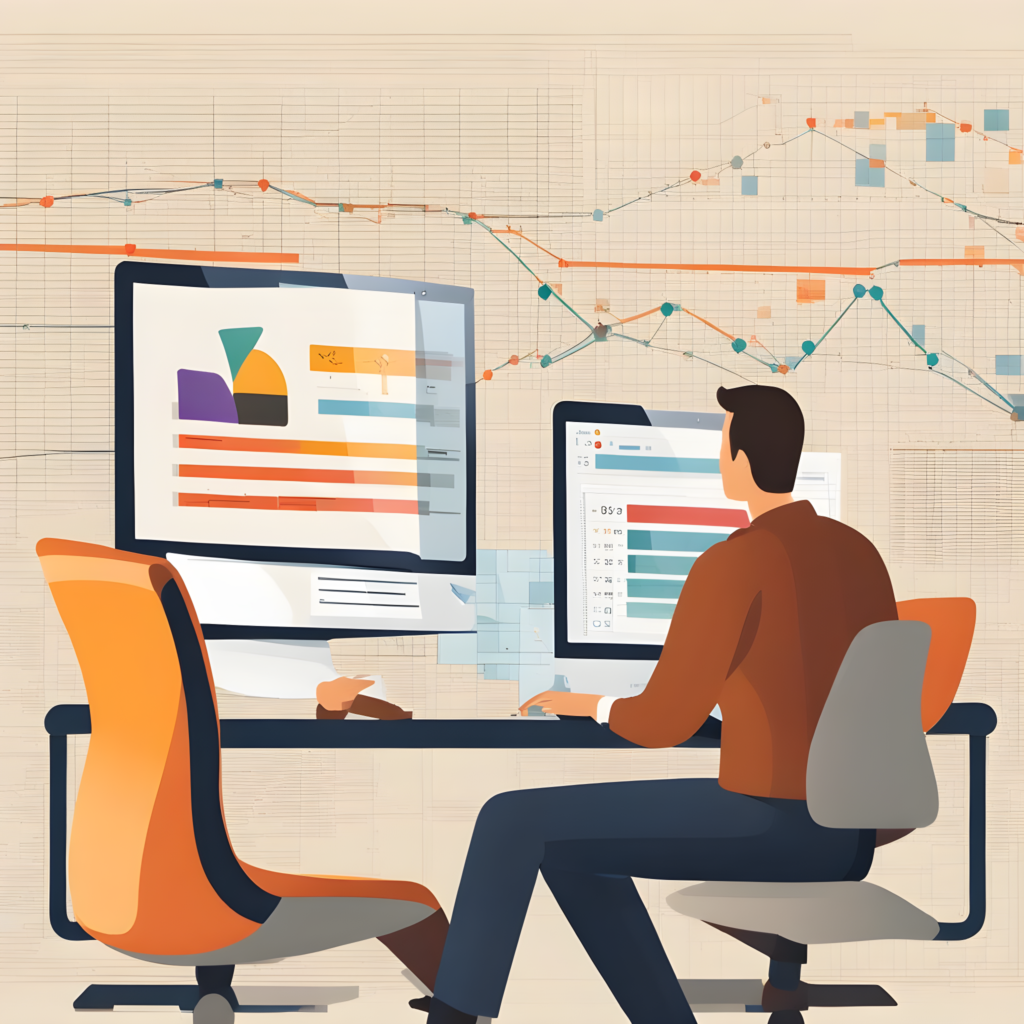In the realm of software engineering, it’s a common pursuit to chase quality through tangible metrics like code coverage. Much like a barista striving for the perfect blend, the quest for impeccable code drives us. However, is quality merely about hitting certain numerical targets? Does achieving 100% code coverage ensure our software is free from bugs? The emphasis on numbers might lead us astray from the essence of what true quality signifies. Every project encounters its own set of hurdles. Be it tight deadlines, evolving requirements, or sneaky bugs. Amid these challenges, upholding high-quality is hard.
Let’s delve into an analogy—each iteration in the software development process is like tasting a new flavor of coffee. Every blend presents its distinct mix of features (the richness), user satisfaction (the aroma), and clean, bug-free code (the smoothness). Now, would merely adhering to the recipe guarantee the perfect cup? A barista might tell you, there’s a lot more to it— the grind size, water temperature, brewing time, and, of course, the quality of coffee beans. Similarly, in software development, going beyond mere metrics to understand and improve the ‘flavor’ of quality in each iteration could be the game-changer.

When a team is encouraged to look beyond just numerical targets, a whole new world opens up. They begin to delve deeper into understanding the impact of their code, the user satisfaction it brews, and the robustness it stands for in the real-world scenario, much like a barista refining his blend to perfection. This approach ensures that we are not merely hitting targets but are crafting software robust enough to withstand real-world challenges.
For instance, while a bug-free code is the aim, if the user finds the application cumbersome to navigate, the quality is compromised. Much like a perfect coffee blend might not appeal to everyone, a 100% code coverage does not guarantee an excellent user experience. Hence, fostering a culture of looking beyond numbers and understanding the ‘flavor’ of each iteration, like tasting a new coffee blend, could lead us closer to the true essence of quality in software development.
With this approach, where we evaluate the software’s richness, aroma, and smoothness, leads to a crafted product that is not just about numbers but about real-world functionality and user satisfaction. So, the next time you find yourself chasing a metric, pause, and think – is this leading you towards true quality or just a numbers game?